Another well-documented enterprise was moss-picking. Parties met weekly in both Lundin Links and Upper Largo to collect sphagnum moss to be used for dressings. Millions of dressings were made from this material during World War One as dried sphagnum can absorb up to twenty times its own volume in liquids and promotes antisepsis. An Edinburgh surgeon named Charles Walker Cathcart organised collections of the moss throughout Scotland and centres for its cleaning and preparation. It was to his Edinburgh depot that the moss collected in Largo was sent. Mrs Gaskill of Lahill was the convener of the moss picking.
When the Largo Parish war memorial was unveiled in 1921 it bore the names of 51 men who fell in the Great War. The above postcard shows it not long after completion and before a house was built behind it. After World War Two a further 16 names were added to the memorial, on two panels on a wall behind the original monument.
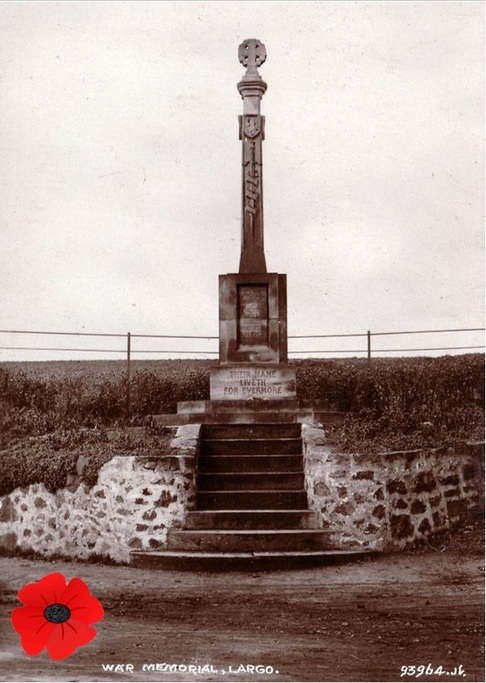
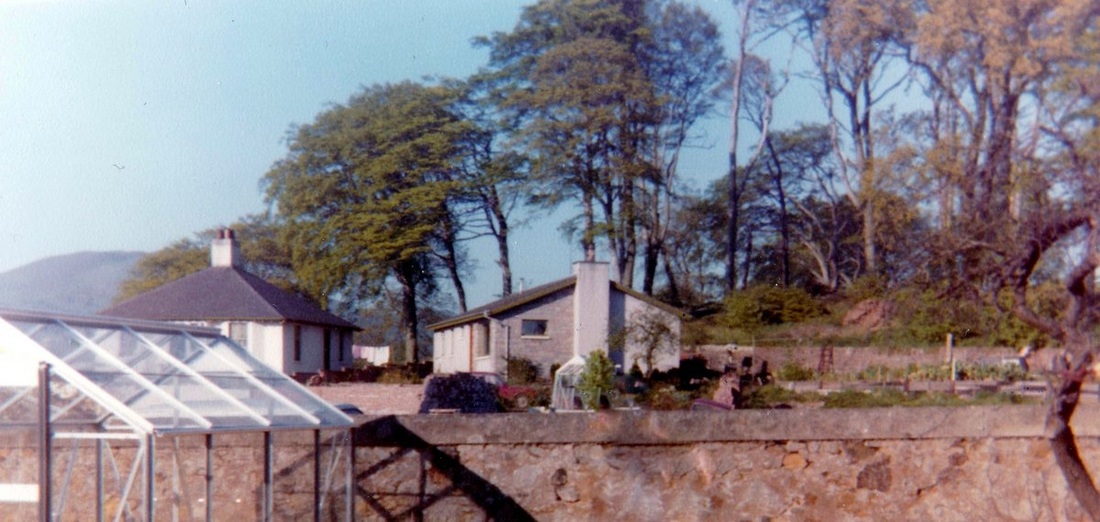
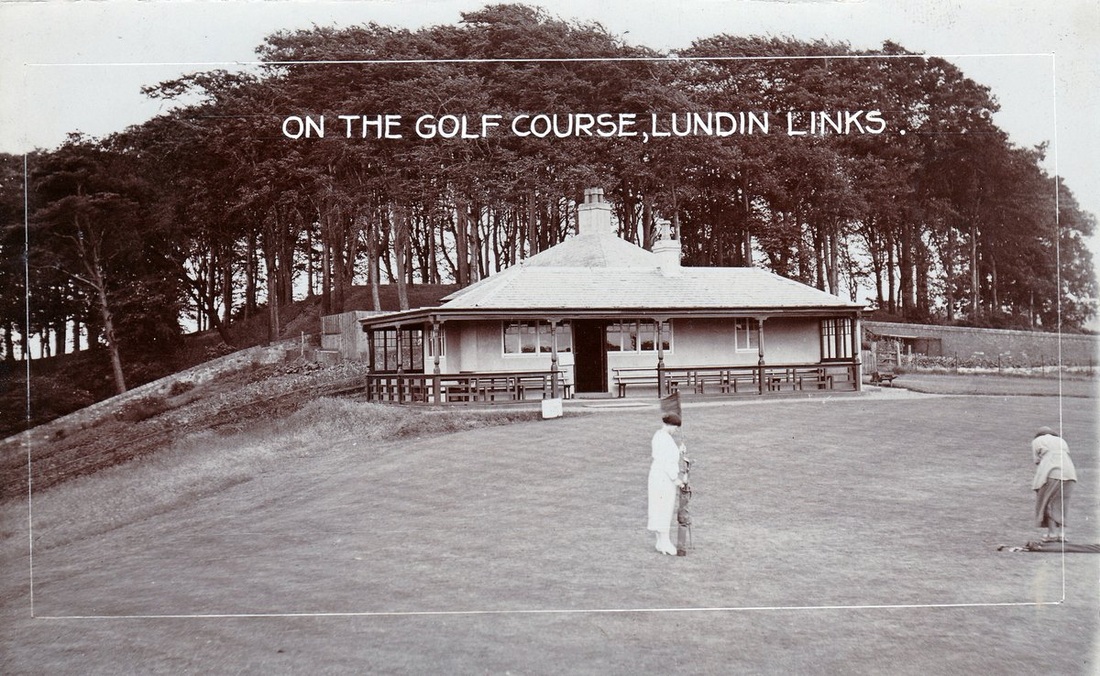
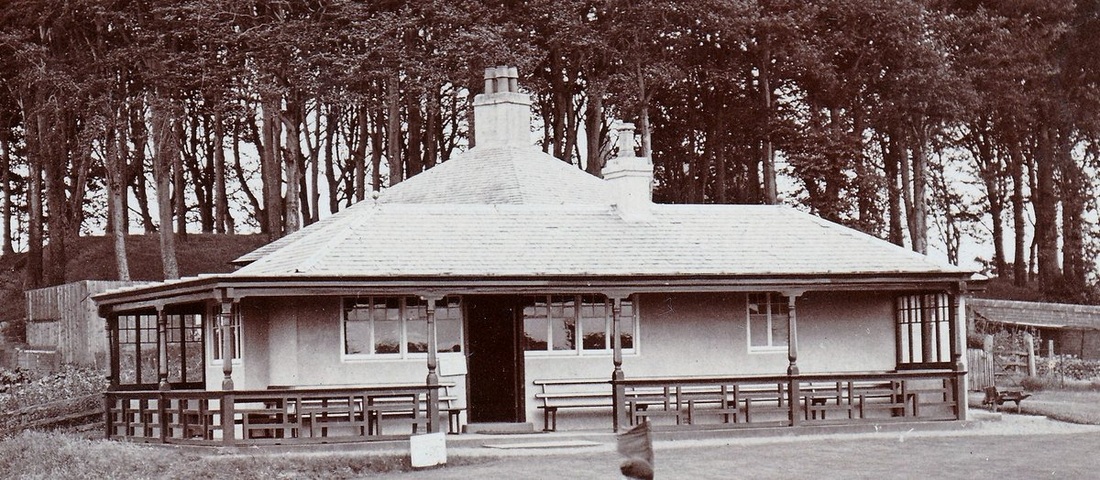
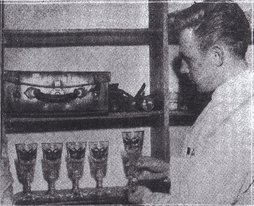


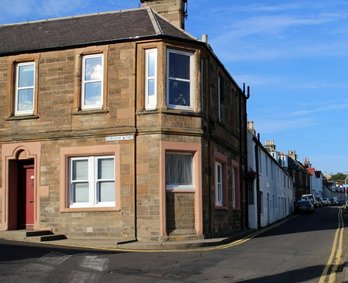
 RSS Feed
RSS Feed
